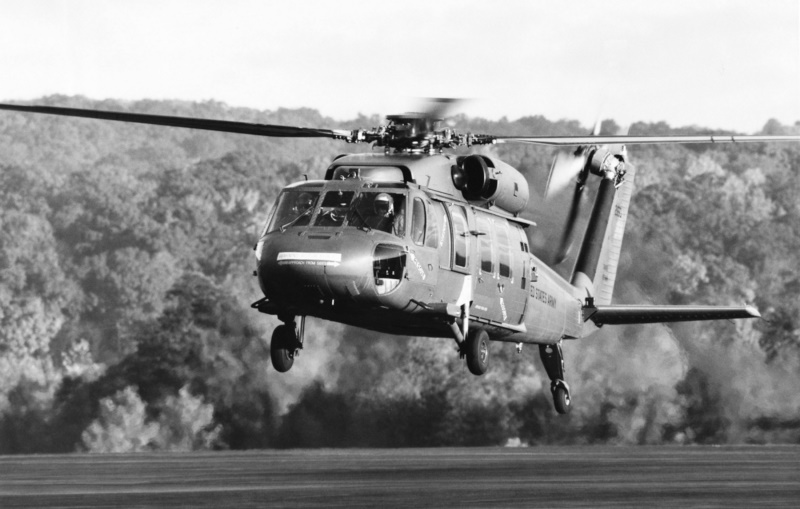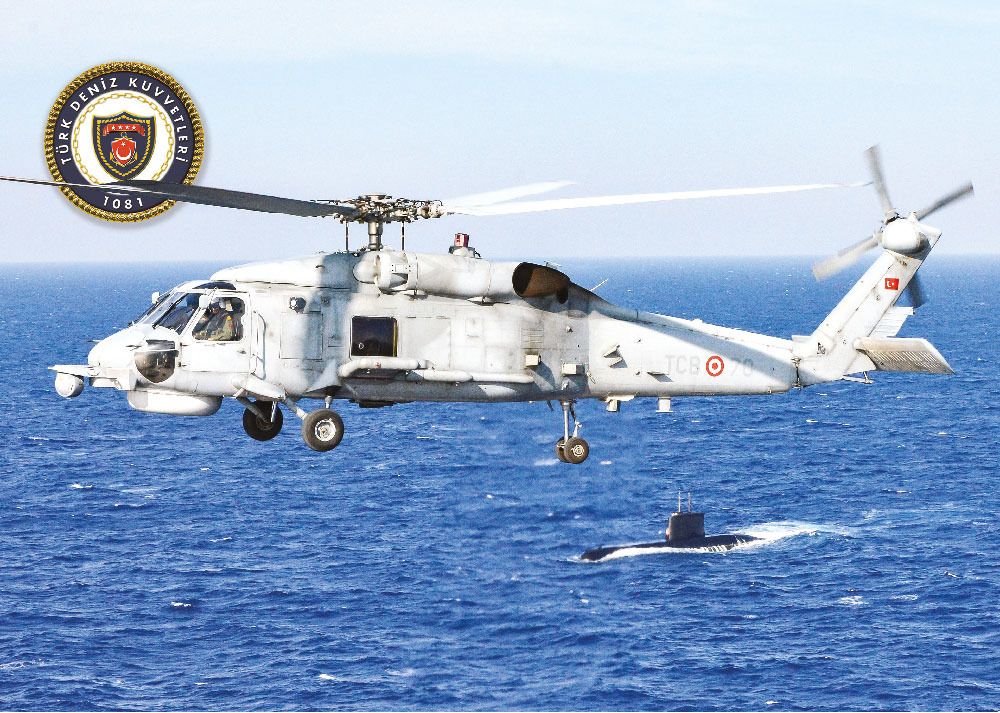The Sikorsky S 70 Helicopter: A Deep Study Its Layout and Efficiency
The Sikorsky S 70 Helicopter: A Deep Study Its Layout and Efficiency
Blog Article
Rotary-Wing Aircraft Offering Superior Longevity and Precision Design
In the realm of aviation, rotary-wing airplane have actually long been acknowledged for their distinct abilities in different functional settings. As we explore the detailed balance in between advancement and reliability in rotary-wing aircraft, it comes to be evident that the convergence of cutting-edge innovation and tried and tested layout concepts has actually established a brand-new requirement for performance and effectiveness in the aerospace industry.
Development of Rotary-Wing Innovation
Throughout the history of aviation, the development of rotary-wing technology has actually been a testimony to regular technology and innovation in aeronautical engineering. From the very early days of upright trip with basic designs to the advanced helicopters and various other rotary-wing aircraft of today, the progression in this area has been impressive.
In the early 1900s, pioneers like Igor Sikorsky and Juan de la Cierva made substantial strides in rotary-wing technology. Sikorsky's VS-300 helicopter, first flown in 1939, noted a turning point in the growth of useful rotary-wing aircraft. This success paved the method for further advancements in upright flight capacities.

Today, rotary-wing airplane play critical functions in numerous markets, consisting of army procedures, emergency situation clinical solutions, police, and business transport. The development of rotary-wing technology proceeds to press the borders of what is possible in vertical flight, making certain that these aircraft remain indispensable possessions in the aviation industry.
Materials and Building And Construction Innovations
Showing a fusion of innovative materials and exact building and construction methods, rotary-wing aircraft have undertaken significant improvements in durability and efficiency. One of the crucial advancements in materials used for rotary-wing aircraft is the boosting utilization of composite materials.
Furthermore, the combination of innovative finishes and surface area therapies has actually played an important duty in enhancing the durability of rotary-wing aircraft. These layers give protection against corrosion, abrasion, and extreme weather conditions, expanding the life expectancy of the aircraft and minimizing maintenance requirements.
In regards to building technologies, additive manufacturing, also known as 3D printing, has revolutionized the production of facility components for rotary-wing aircraft. This modern technology enables fast prototyping and customization, causing faster development cycles and decreased expenses. Overall, the constant development of materials and building and construction techniques is driving the capabilities and performance of rotary-wing aircraft to new elevations.
Accuracy Flight Control Solution

The integration of GPS technology further improves the precision and reliability of these systems, allowing for exact navigating, waypoint tracking, and automated trip control. sikorsky s 70. This level of precision not just boosts the security of rotary-wing operations but also boosts total functional effectiveness and goal efficiency
In addition, the constant innovations in man-made knowledge and device discovering have actually promoted the development of autonomous trip capacities within Accuracy Trip Control Solution. This allows rotary-wing airplane to execute complex missions with unparalleled precision and consistency, making them crucial properties in a variety of applications, consisting of military procedures, search and rescue goals, and aerial photography.
Resilience in Challenging Environments
Sought after functional settings, rotary-wing aircraft demonstrate remarkable resilience and robustness, making sure ideal performance under challenging ecological problems. These airplanes are developed to stand up to a large range of ecological aspects, consisting of extreme temperatures, high winds, and rough terrain, making them well-suited for various objectives in diverse landscapes.
One key aspect adding to the resilience of rotary-wing airplane is their sturdy building and construction. link These airplanes are built making use of high-quality materials and progressed engineering techniques to improve their structural honesty and integrity. Furthermore, components such as rotor blades, engine systems, and touchdown equipment are carefully made to hold up against the stresses and stress experienced during procedures in challenging environments.
Additionally, rotary-wing aircraft are equipped with innovative onboard systems that keep track of efficiency metrics in real-time, enabling for proactive upkeep and very early detection of possible concerns - sikorsky s 70. This positive method assists avoid unanticipated failings and ensures the continued airworthiness of the airplane in demanding functional settings. Generally, the resilience of rotary-wing aircraft in challenging settings is a testament to their exceptional engineering and design, making them essential properties for different mission-critical procedures
Upkeep and Reliability Specifications
The adherence to stringent maintenance and reliability requirements is paramount in ensuring the optimal efficiency Home Page and safety of rotary-wing aircraft. Routine upkeep checks, carried out by certified technicians, are important to identify and address any kind of potential issues before they compromise the aircraft's functionality. These checks include a comprehensive examination of all vital elements, consisting of the engine, blades system, avionics, and hydraulic systems, to guarantee that they are in prime functioning condition.
In addition, adherence to arranged upkeep periods in accordance with supplier guidelines is essential for supporting the aircraft's integrity. This aggressive strategy assists avoid unanticipated breakdowns and makes sure that the aircraft stays airworthy for its intended objectives. Furthermore, the implementation of robust reliability standards, such as regular element testing and replacement based on fixed lifecycles, even more improves the aircraft's reliability.
Verdict

Finally, the advancements in rotary-wing aircraft innovation look at more info have actually caused remarkable durability and accuracy design. With cutting-edge products and construction methods, together with accuracy flight control systems, these airplane can run in challenging environments with boosted reliability. The upkeep and integrity criteria make sure that these rotary-wing airplane remain to perform at their best, making them necessary properties for different markets.
Demonstrating a combination of advanced materials and precise building and construction strategies, rotary-wing aircraft have actually undertaken significant improvements in sturdiness and performance. One of the vital innovations in materials used for rotary-wing aircraft is the increasing utilization of composite products.With thorough focus to information and progressed technical assimilation, rotary-wing aircraft have actually accepted Precision Flight Control Equipment as a foundation of their operational quality. On the whole, the toughness of rotary-wing aircraft in difficult settings is a testament to their superior engineering and style, making them important assets for different mission-critical operations.
In verdict, the advancements in rotary-wing aircraft modern technology have led to premium resilience and accuracy design.
Report this page